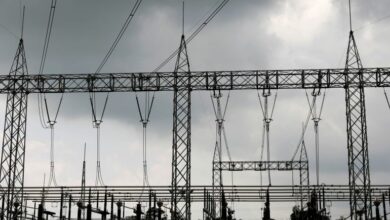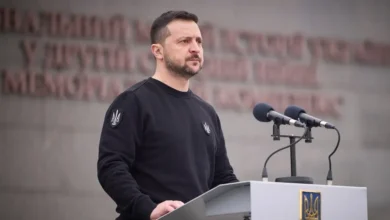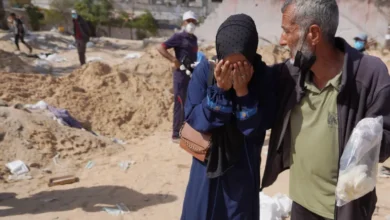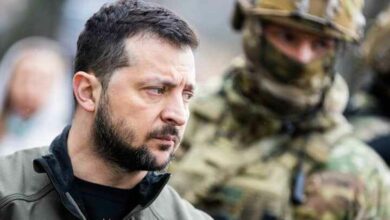180 dead from Sudan fighting buried unidentified: Red Crescent

Persistent fighting in Sudan’s twin flashpoints of Khartoum and Darfur has forced volunteers to bury 180 bodies recovered from combat zones without identification, the Sudanese Red Crescent said.
Since fighting between Sudan’s warring generals erupted on April 15, volunteers have buried 102 unidentified bodies in the capital’s Al-Shegilab cemetery and 78 more in cemeteries in Darfur, the Red Crescent said in a statement Friday.
Both regular army chief Abdel Fattah al-Burhan and his deputy-turned-rival, paramilitary commander Mohamed Hamdan Daglo, have issued repeated pledges to protect civilians and secure humanitarian corridors.
But Red Crescent volunteers — supported by the International Committee of the Red Cross — have found it difficult to move through the streets to pick up the dead, “due to security constraints,” the Red Crescent said.
In ceasefire talks in Saudi Arabia last month, the warring parties had agreed to “enable responsible humanitarian actors, such as the Sudanese Red Crescent and/or the International Committee of the Red Cross to collect, register and bury the deceased in coordination with competent authorities”.
But amid repeated and flagrant violations by both sides, the US- and Saudi-brokered truce agreement collapsed.
Entire districts of the capital no longer have running water, electricity is only available for a few hours a week and three quarters of hospitals in combat zones are not functioning.
The situation is particularly dire in the western region of Darfur, which is home to around a quarter of Sudan’s population and has never recovered from a devastating two-decade war that left hundreds of thousands dead and more than two million displaced.
Hundreds of civilians have been killed, villages and markets torched and aid facilities looted, prompting tens of thousands to seek refuge in neighbouring Chad.
More than 1,800 people have been killed in the fighting, according to the Armed Conflict Location and Event Data Project.
Medics and aid agencies have said repeatedly that the real death toll is likely to be much higher, because of the number of bodies abandoned in areas that are unreachable.










